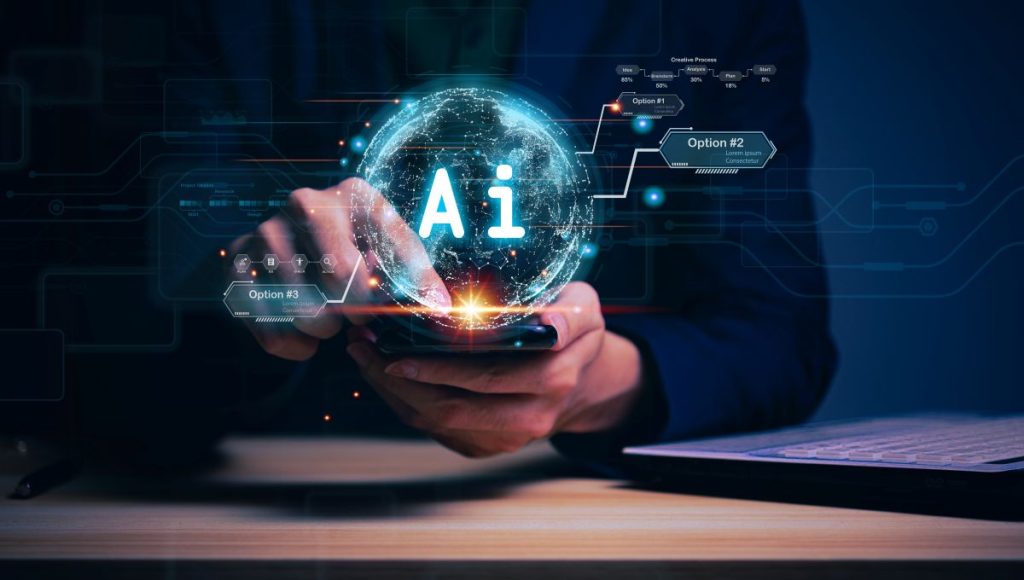
In Washington this week, Federal Reserve Chair Jerome Powell declared that the AI boom is “different” from past tech frenzies, as investors pour unprecedented sums into the sector while warnings of an approaching bubble grow louder.
The rapid AI ascent has reshaped markets and imagination alike. Governments, entrepreneurs, and regulators are scrambling to gauge its impact, yet financial markets appear certain: investing in AI is no longer optional. From Silicon Valley to Wall Street, optimism and anxiety are colliding with trillion-dollar valuations and questions over whether today’s exuberance echoes the dot-com collapse of the early 2000s.
AI Boom or Bubble?
The numbers alone are staggering, OpenAI has raised nearly $63 billion since 2015, Anthropic $27 billion since 2021, and Oracle’s market cap surged $250 billion overnight merely by forecasting $144 billion in AI-driven cloud revenue by 2030.
“Are we in a phase where investors as a whole are overexcited about AI? My opinion is yes,” admitted OpenAI CEO Sam Altman, joining a growing chorus comparing today’s enthusiasm to past speculative manias.
Analysts note that the cyclically adjusted price-to-earnings ratio for US markets remains well above fair value, suggesting “investor optimism may be running ahead of actual earnings growth.”
Echoes of the dotcom and crypto boom are unmistakable. Back then, adding “.com” or “blockchain” to a company name was enough to lure capital; today, “AI” serves the same purpose. Many firms build simple “wrappers” on existing foundation models like ChatGPT—apps such as Grammarly or Copy.ai that “make the existing AI technology more accessible to the average Joe.” Altman himself warned startups that “if you’re just wrapping GPT-4, we’re going to steamroll you,” hinting at a coming shakeout.
Profits, Productivity, and the Real Economy
Powell, however, offered a contrasting perspective on AI technology.
“This is different in the sense that these companies… actually have earnings and stuff like that,” he said, emphasizing that AI tech leaders—Microsoft, Alphabet, Amazon, Meta, and Nvidia—are profitable, cash-rich, and scaling rapidly.
Microsoft earned $27 billion last quarter, Alphabet $35 billion, Nvidia $26 billion, and Amazon plans $125 billion in AI-related spending this year. “There are no dark GPUs,” quipped fund manager Gavin
Baker, referring to the frenzied demand for chips powering AI systems.
Nvidia CEO Jensen Huang dismissed AI bubble talk outright: “Customers are willing to pay for powerful AI models, and the market remains healthy.” Gartner projects AI expenditures will reach $1.5 trillion next year and exceed $2 trillion by 2026—nearly 2 percent of global GDP. Goldman Sachs estimates that AI could add $8 trillion to $19 trillion in productivity gains for the U.S. economy.
Still, not everyone is convinced. “Absolutely, there are a ton of these investments that will be dead ends,” warned Bill Gates. Hedge-fund manager David Einhorn echoed that concern, predicting “a tremendous amount of capital destruction.” Even Meta’s Mark Zuckerberg conceded that “the current wave of AI spend could create a bubble,” though he defended the gamble: “It’s the right strategy to aggressively front-load building capacity.”
For now, the AI trade remains intact. As Gene Munster of Deepwater Asset Management put it, “These companies are continuing to talk about spending and investing much more than we thought three, six months ago.” Whether this marks the dawn of a new industrial age—or another lesson in unchecked exuberance—will depend on which vision of AI boom prevails, Altman’s caution or Powell’s conviction.
Inside Telecom provides you with an extensive list of content covering all aspects of the tech industry. Keep an eye on our Intelligent Tech sections to stay informed and up-to-date with our daily articles.